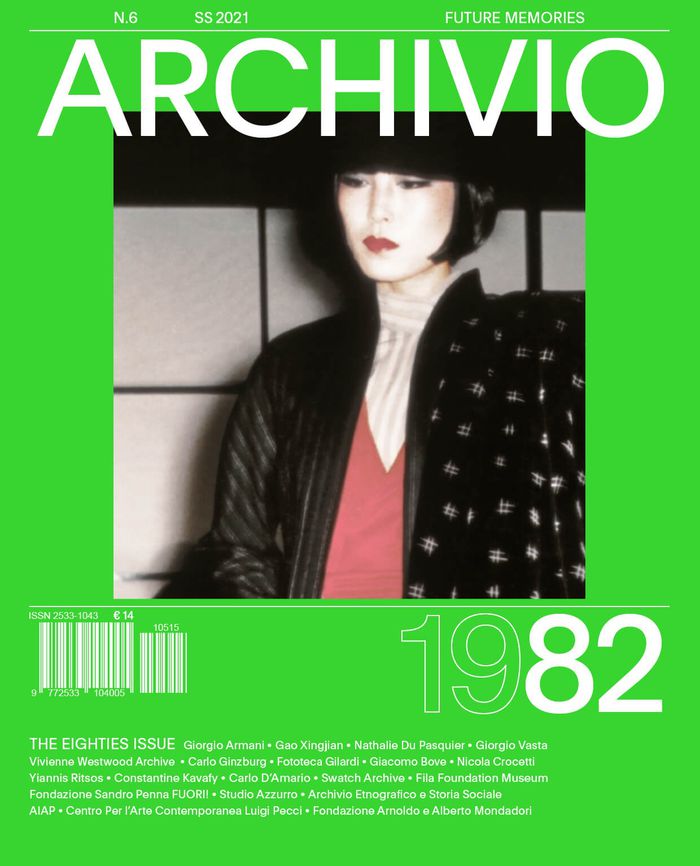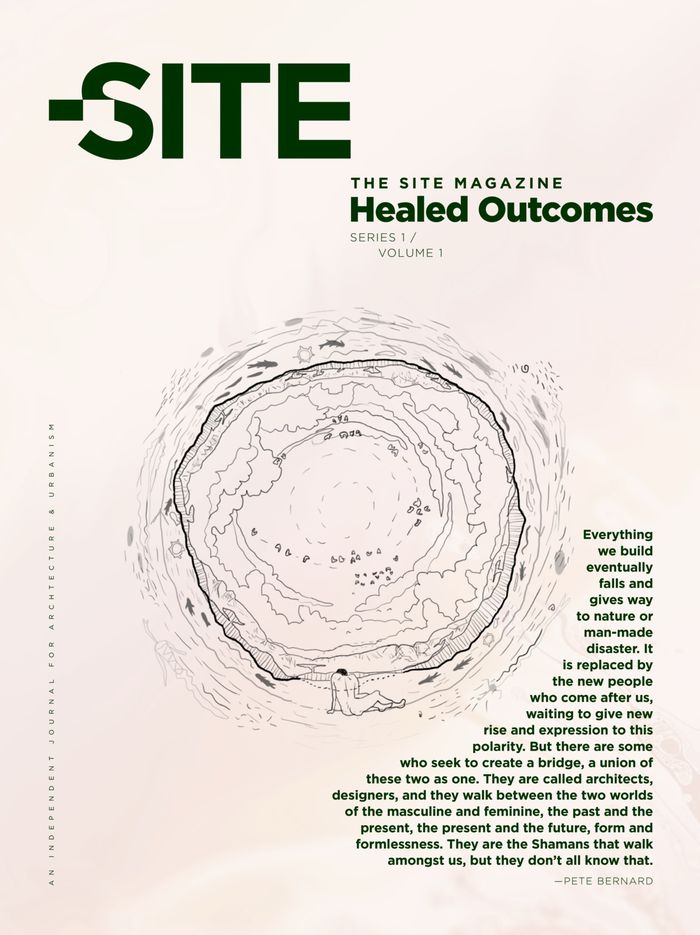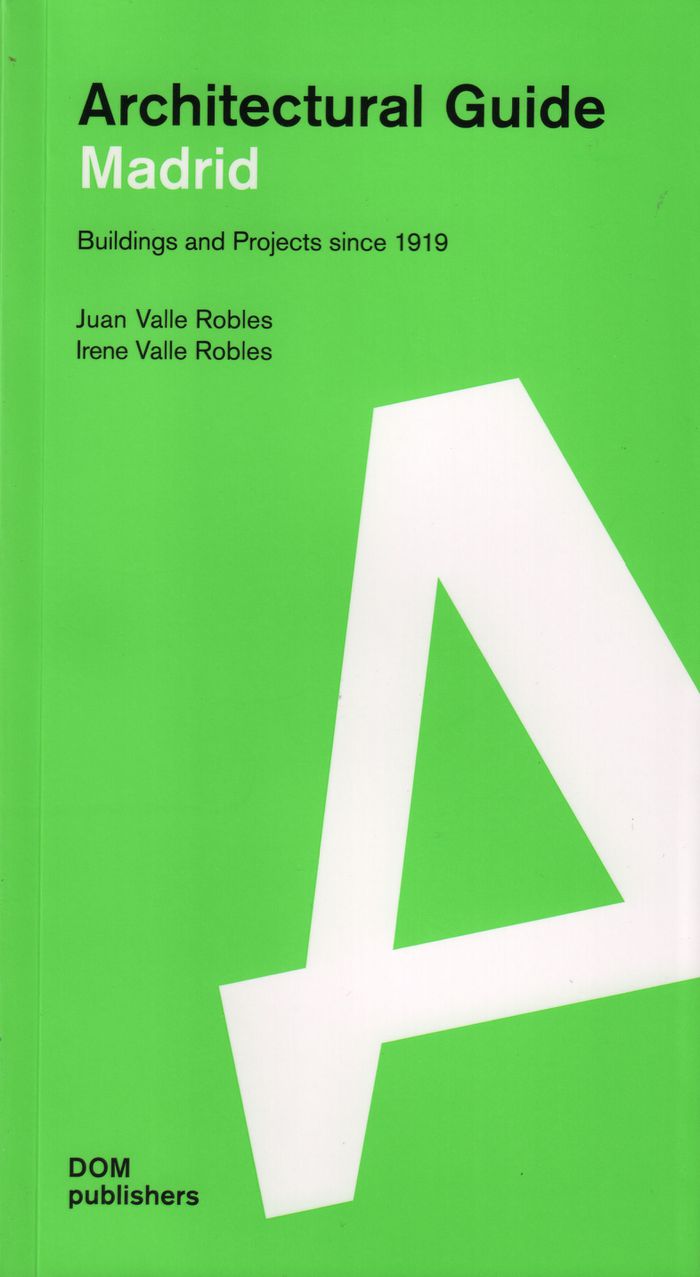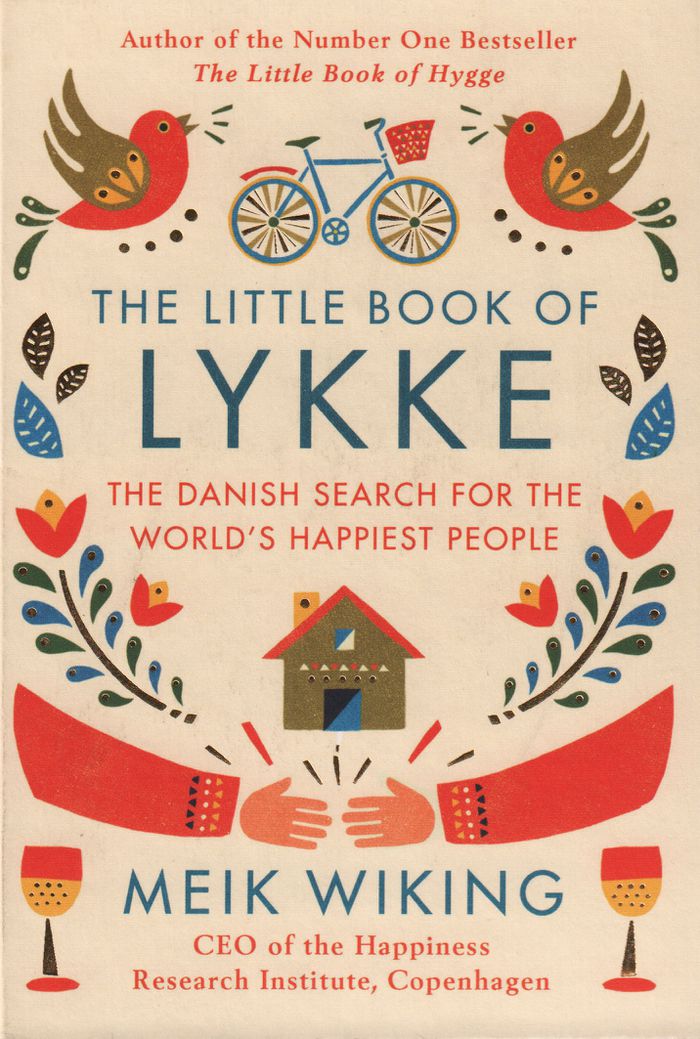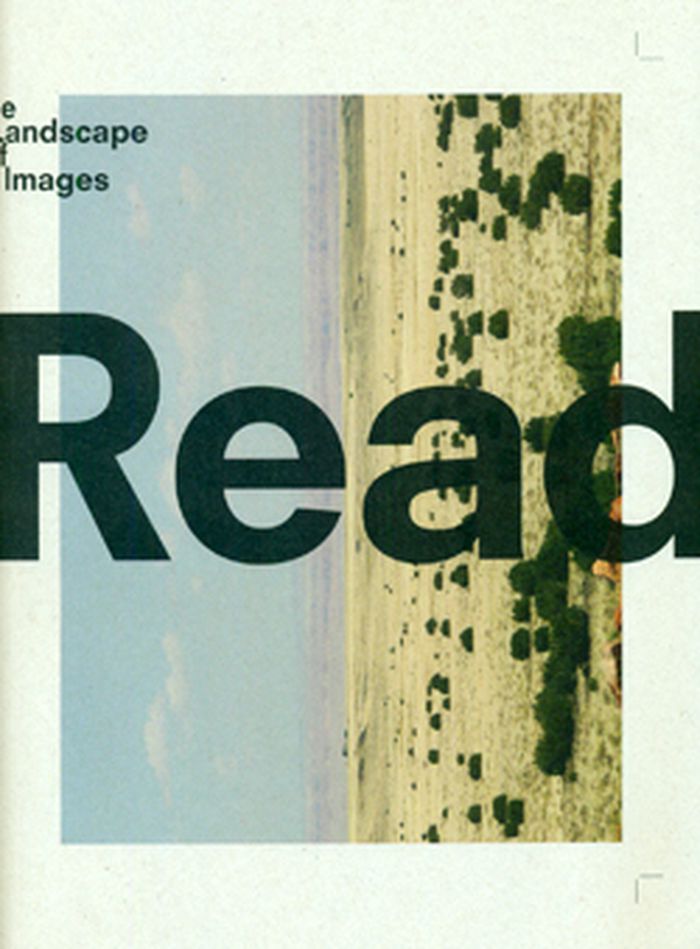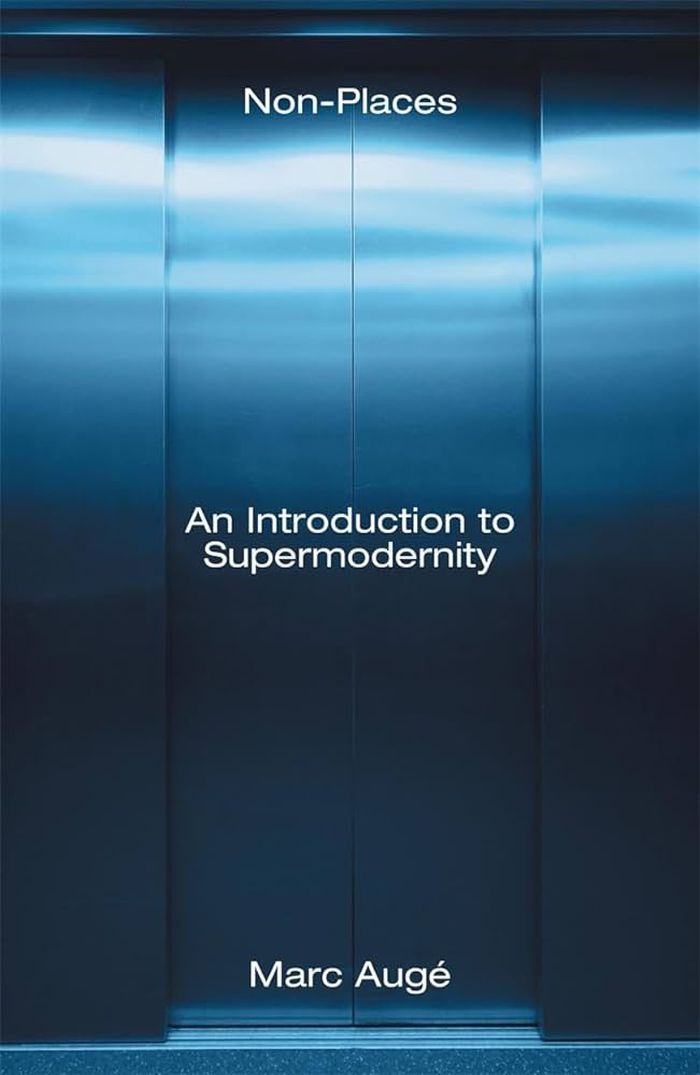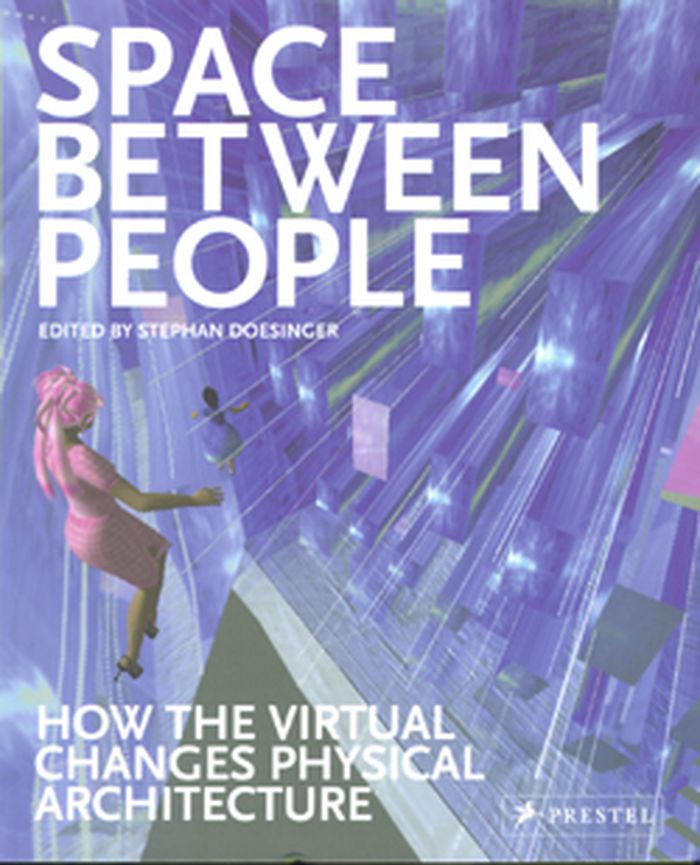$28.00
(disponible sur commande)
Résumé:
The archives of the 1980s: 23 archives involved, 106 archival documents found, 6 original interviews, 1 horoscope from Gilardi's Phototeca in a poster size. Every person is a memory. Memory which may be conjured up by joining the dots between what the subject has experienced over the years, starting from a personal history—which allows for a certain clinical-narrative(...)
Archivio n.06 : The Eighties Issue
Actions:
Prix:
$28.00
(disponible sur commande)
Résumé:
The archives of the 1980s: 23 archives involved, 106 archival documents found, 6 original interviews, 1 horoscope from Gilardi's Phototeca in a poster size. Every person is a memory. Memory which may be conjured up by joining the dots between what the subject has experienced over the years, starting from a personal history—which allows for a certain clinical-narrative accuracy—only to then go on to delve into the collective sphere, investigating and recounting private and institutional archives that accompany us through the presentation of the facts. Home to the facts are the eras: that's why over the following issues Archivio will identify four decade-long containers. This issue continues Archivio's journey back through the twentieth century, stopping this time on the fluorescently outgoing, yet such intimate years of the 1980s—so close and yetso far. Because "a day is a year is a lifetime", as the R.W. Fassbinder's biography italian title says.
Revues
$25.00
(disponible sur commande)
Résumé:
"Healed outcomes" is a symbolic issue for The Site Magazine. It marks a break from our past and the numeration we have used for the last twenty years, and initiates our first series. This series will be published over the next three years and each issue will build on those preceding to explore how architecture can address today’s most pressing challenges. This first issue(...)
Site, series 1 vol. 1 : healed outcomes
Actions:
Prix:
$25.00
(disponible sur commande)
Résumé:
"Healed outcomes" is a symbolic issue for The Site Magazine. It marks a break from our past and the numeration we have used for the last twenty years, and initiates our first series. This series will be published over the next three years and each issue will build on those preceding to explore how architecture can address today’s most pressing challenges. This first issue has long been in the works. Influenced by our discussions with Juhani Pallasmaa, who writes, "We are in constant dialogue and interaction with the environment, to the degree that it is impossible to detach the image of the self from its spatial and situational existence," it was clear to us that the inextricable relationship between space and consciousness was a natural starting point for any ongoing discussion about architecture’s role in the world. Without question, the offering of spaces for individual and collective healing is a role that architecture has maintained over time and across cultures.
Revues
Madrid architectural guide
$39.95
(disponible sur commande)
Résumé:
This guidebook showcases 150 buildings from the past 100 years starting with one of the most influential urban projects ever: the Gran Vía. This main avenue marked a milestone for Madrid which went from being a historic city to the modern capital that it is today. This intervention had been ongoing for almost two decades with the initial phase of construction reaching(...)
Madrid architectural guide
Actions:
Prix:
$39.95
(disponible sur commande)
Résumé:
This guidebook showcases 150 buildings from the past 100 years starting with one of the most influential urban projects ever: the Gran Vía. This main avenue marked a milestone for Madrid which went from being a historic city to the modern capital that it is today. This intervention had been ongoing for almost two decades with the initial phase of construction reaching completion circa. 1917. A selection of the most relevant buildings thereafter until the present day sheds light on Madrid’s architecture in relation to its inherent historical context, including the need for the reconstruction of built heritage after the Spanish Civil War, the influence of the Franco dictatorship lasting for almost forty years, and the new materials and collaborative architecture that have arisen during the current economic crisis, among other aspects. Seven proposed routes lead us through the different districts that make up the city, as well as those historic epochs that have made Madrid the city it is today.
Guides des villes
American libraries 1930-1950
$99.00
(disponible sur commande)
Résumé:
Although new technologies appear poised to alter it, the library remains a powerful site for discovery, and its form is still determined by the geometry of the book and the architectural spaces devised to store and display it. American Libraries provides a history and panorama of these much-loved structures, inside and out, encompassing the small personal collection, the(...)
septembre 2017
American libraries 1930-1950
Actions:
Prix:
$99.00
(disponible sur commande)
Résumé:
Although new technologies appear poised to alter it, the library remains a powerful site for discovery, and its form is still determined by the geometry of the book and the architectural spaces devised to store and display it. American Libraries provides a history and panorama of these much-loved structures, inside and out, encompassing the small personal collection, the vast university library, and everything in between. Through 500 photographs and plans selected from the encyclopedic collections of the Library of Congress, Kenneth Breisch traces the development of libraries in the United States, from roots in such iconic examples as the British Library and Paris’s Bibliothèque-Ste.-Geneviève to institutions imbued with their own, American mythology. Starting with the private collections of wealthy merchants and landowners during the eighteenth century, the book looks at the Library of Congress, large and small public libraries, and the Carnegie libraries, and it ends with a glimpse of modern masterworks.
$21.95
(disponible sur commande)
Résumé:
We all know Denmark is the happiest country in the world—but this doesn't make it pe?rfect. Happiness isn't exclusively Danish. Nor is it just eating pastries, lighting candles, and practising hygge. Happiness is something available to all, wherever you are, and whatever your means. Starting from the Happiness Research Institute in Copenhagen, Meik Wiking, probably the(...)
The little book of Lykke: the Danish search for the world's happiest people
Actions:
Prix:
$21.95
(disponible sur commande)
Résumé:
We all know Denmark is the happiest country in the world—but this doesn't make it pe?rfect. Happiness isn't exclusively Danish. Nor is it just eating pastries, lighting candles, and practising hygge. Happiness is something available to all, wherever you are, and whatever your means. Starting from the Happiness Research Institute in Copenhagen, Meik Wiking, probably the happiest man in the world, travels across the globe on a quest to uncover the secrets of the very happiest people from Dubai to Rio de Janeiro, taking back to his native country their tips, tricks, and unique approaches to a fulfilled life. Exploring the happiness gap for parents, how much money you really need to buy happiness, and why—luckily for us—the expectation of kissing Rachel Weiss is better than the real thing, Meik brings together a global roadmap for happiness with his trademark wit. Weaving together original research and personal anecdotes, The Little Book of Lykke gives us a new approach to achieving everyday happiness.
Expositions en cours
livres
$42.95
(disponible en magasin)
Résumé:
Sluminsider is a choral narrative that attempts to reveal the complexity of the slum of Mathare, one of the biggest shantytowns in Nairobi. The project of expansion of a street school, the Why Not Junior Academy, and the process of environmental improvement of the surrounding area, where a community agriculture initiative has been set up to replace an unauthorized dump,(...)
Sluminsider: Mathare, Nairobi
Actions:
Prix:
$42.95
(disponible en magasin)
Résumé:
Sluminsider is a choral narrative that attempts to reveal the complexity of the slum of Mathare, one of the biggest shantytowns in Nairobi. The project of expansion of a street school, the Why Not Junior Academy, and the process of environmental improvement of the surrounding area, where a community agriculture initiative has been set up to replace an unauthorized dump, is the starting point from which to combine experiences and identities from very different disciplines, including architecture,design, agriculture, photography and video. This project is one of the case studies used for comparison and dialogue with the city of São Paulo and the São Paulo Calling research project, which examined the informal settlements of Rome, Nairobi, Medellin, Mumbai, Moscow and Baghdad. For six months, an exhibition analyzed the characteristics, differences and causes of informal settlements, developing six workshops in the field in different favelas of São Paulo and organizing size encounters that made São Paulo the world capital of the debate on transformation of contemporary cities.
livres
août 2013
The Mile End cookbook
$32.00
(disponible sur commande)
Résumé:
When Noah and Rae Bermanoff, originally from Montreal and New York, opened Mile End, their tiny Brooklyn restaurant, they had a mission: to share the classic Jewish comfort food of their childhood. Using their grandmothers’ recipes as a starting point, Noah and Rae updated traditional dishes and elevated them with fresh ingredients and from-scratch cooking techniques. The(...)
The Mile End cookbook
Actions:
Prix:
$32.00
(disponible sur commande)
Résumé:
When Noah and Rae Bermanoff, originally from Montreal and New York, opened Mile End, their tiny Brooklyn restaurant, they had a mission: to share the classic Jewish comfort food of their childhood. Using their grandmothers’ recipes as a starting point, Noah and Rae updated traditional dishes and elevated them with fresh ingredients and from-scratch cooking techniques. The Mile End Cookbook celebrates the craft of new Jewish cooking with more than 100 soul-satisfying recipes and gorgeous photographs. Throughout, the Bernamoffs share warm memories of cooking with their families and the traditions and holidays that inspire recipes like blintzes with seasonal fruit compote; chicken salad whose secret ingredient is fresh gribenes; veal schnitzel kicked up with pickled green tomatoes and preserved lemons; tsimis that’s never mushy; and cinnamon buns made with challah dough. Noah and Rae also celebrate homemade delicatessen staples and share their recipes and methods for pickling, preserving, and smoking just about anything.
Bouffe
$78.00
(disponible sur commande)
Résumé:
From high-rise to desert, urban sprawl to empty canyons, the American landscape is incredibly various : how does one even begin to take stock of its endlessly proliferating cityscapes and vast horizons? Reading the American Landscape rises marvelously to the challenge. For this anthropological epic, 25 landscape architects, urban designers, visual artists, photographers(...)
mars 2010
Reading the American landscape : an index of books and images
Actions:
Prix:
$78.00
(disponible sur commande)
Résumé:
From high-rise to desert, urban sprawl to empty canyons, the American landscape is incredibly various : how does one even begin to take stock of its endlessly proliferating cityscapes and vast horizons? Reading the American Landscape rises marvelously to the challenge. For this anthropological epic, 25 landscape architects, urban designers, visual artists, photographers and commentators on the American landscape were invited by The Netherlands Foundation for Visual Arts, Design and Architecture to undertake a journey through the United States, to study and record its history and development. Their study revolved around three themes or types of location : the city park as a social space in densely developed cities; landscapes on the periphery of expanding cities; and the development of large-scale rural areas as exercises in conservation. The writers for this project were each given a bibliography, from which they selected a single title as a starting point for their essays, on subjects ranging from parks and gardens to more general speculations on the unique features of the American landscape.
$25.95
(disponible en magasin)
Résumé:
An ever-increasing proportion of our lives is spent in supermarkets, airports and hotels, on motorways or in front of TVs, computer and cash machines. This invasion of the world by what Marc Auge calls 'non-space' results in a profound alteration of awareness: something we perceive, but only in a partial and incoherent manner. Auge uses the concept of 'supermodernity' to(...)
Non-places: An introduction to supermodernity
Actions:
Prix:
$25.95
(disponible en magasin)
Résumé:
An ever-increasing proportion of our lives is spent in supermarkets, airports and hotels, on motorways or in front of TVs, computer and cash machines. This invasion of the world by what Marc Auge calls 'non-space' results in a profound alteration of awareness: something we perceive, but only in a partial and incoherent manner. Auge uses the concept of 'supermodernity' to describe the logic of these late-capitalist phenomena - a logic of excessive information and excessive space. In this fascinating and lucid essay he seeks to establish and intellectual armature for an anthropology of supermodernity. Starting with an attempt to disentangle anthropology from history, Auge goes on to map the distinction between place, encrusted with historical monuments and creative social life, and non-place, to which individuals are connected in a uniform manner and where no organic social life is possible.
Théorie de l’architecture
Space between people
$32.95
(disponible sur commande)
Résumé:
If architecture is the construction of space between people, what happens when that space exists in a virtual world? That question is the starting point for this collection of revolutionary projects by a new generation of designers. The book begins by examining the important issues that have emerged as technology reshapes our idea of place and proceeds to present the four(...)
Space between people
Actions:
Prix:
$32.95
(disponible sur commande)
Résumé:
If architecture is the construction of space between people, what happens when that space exists in a virtual world? That question is the starting point for this collection of revolutionary projects by a new generation of designers. The book begins by examining the important issues that have emerged as technology reshapes our idea of place and proceeds to present the four winning projects from the first architecture competition held within the explosively popular Internet community known as Second Life. Chosen for their inventiveness and aesthetic excellence, these structures a cloud that can be inhabited; a meta-museum; an interactive sound scape; and a snow palace of discarded objects illustrate the mind-bending possibilities of digital design. In the book s final section, media artists share their real-time experiences conceptualizing and creating projects for the virtual world.
Théorie de l’architecture
